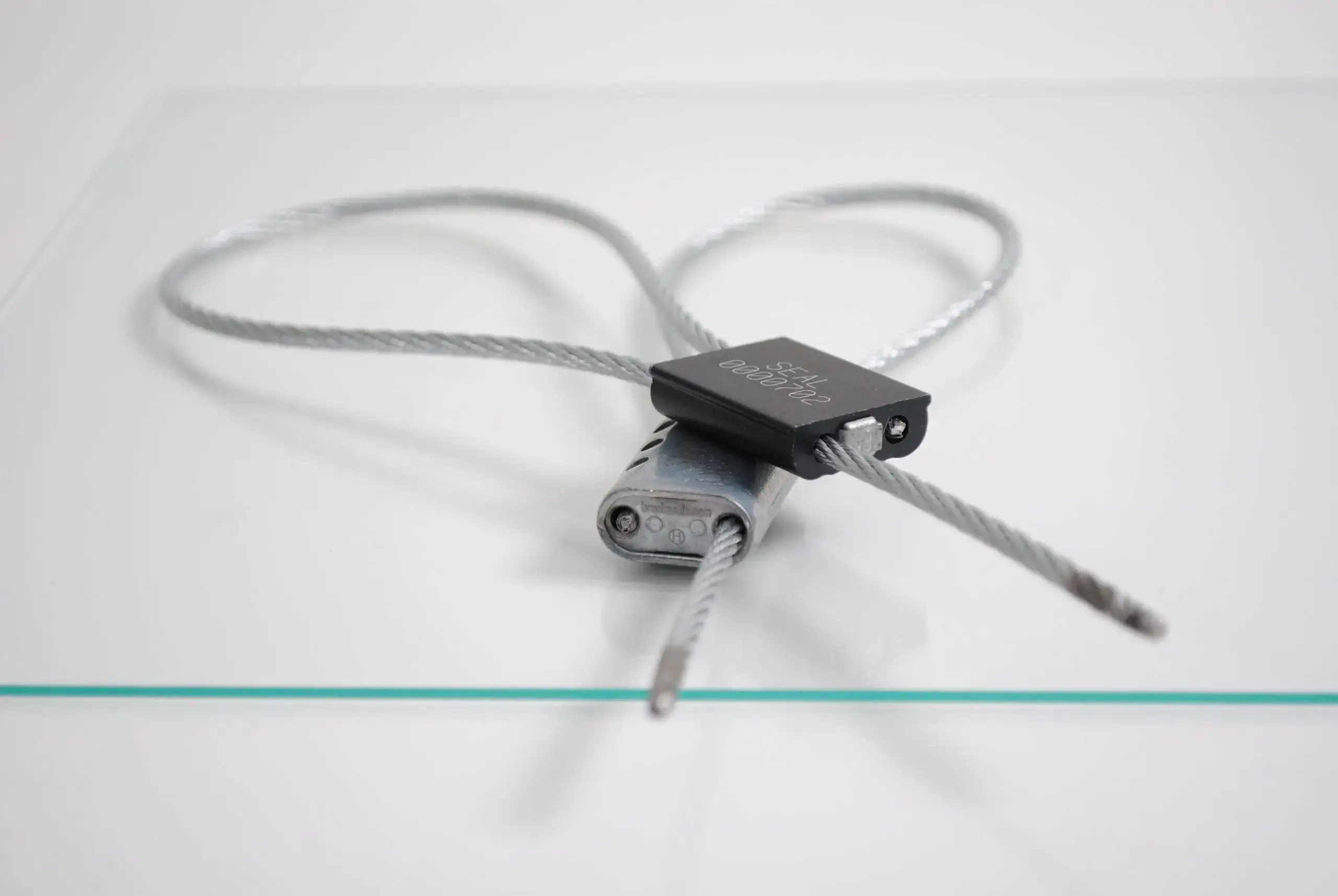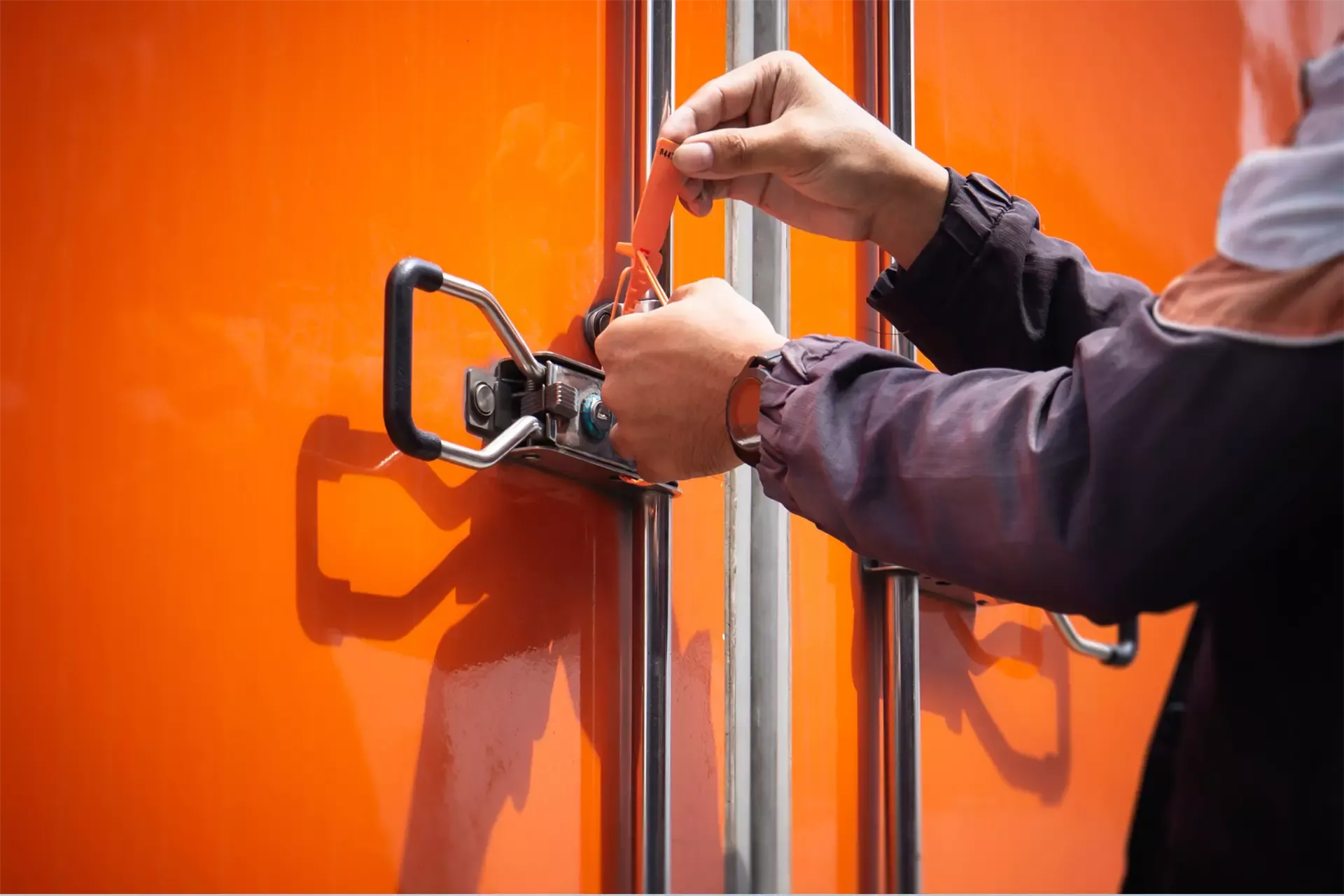Sealing cables: prioritizing compliance to maintain your C-TPAT

The challenges of C-TPATC-TPAT or Customs-Trade Partnership Against Terrorism is a program aimed at securing the supply chain in order to effectively combat terrorist acts and offenses related to freight transport to and from the United States.This measure was put in place by the US Customs and Border Protection Service in the wake of the tragic events that occurred in 2001. Therefore, containers must undergo sealing procedures in order to ensure the safety and integrity of the goods upon departure and arrival. Security seals are then applied to each container according to the ISO 17712-2013 standardCompliant sealing cablesThere are different types of security seals: - indicative seals made of metal or plastic are easily detachable and are generally used on empty containers to be moved over short distances; - security and high security seals materializing in the form of steel or plastic cables prevent any attempt to open the container.In order to guarantee the conformity of the safety cables, certain procedures are mandatory, including the verification of the resistance to traction (greater than 1000 kg), to cutting (cutting pressure greater than 340 kg) or even the vertical and lateral impact test.Standardized useTo ensure the correct use of security seals, users are required to keep a detailed record of security seals, to maintain them regularly and to review the smooth running of the sealing process. Some documents are also essential to comply with the ISO 17712-2013 standard and to be eligible for C-TAPT, namely:
- An annex to the ISO17712-2013 standard ensuring compliance with the sealing process
- One certificate attesting that the seal complies with security procedures
- A document from the laboratory that carried out the safety tests
La C-TPAT certification concerns all actors in the supply chain. In addition to using compliant sealing cables, they must be supported by comprehensive technical documents.Do you have additional questions about sealing cables or would you like to obtain samples of our products? Do not hesitate to contact us and we will be happy to help you!





